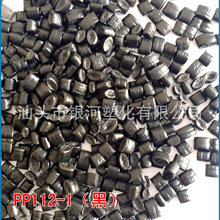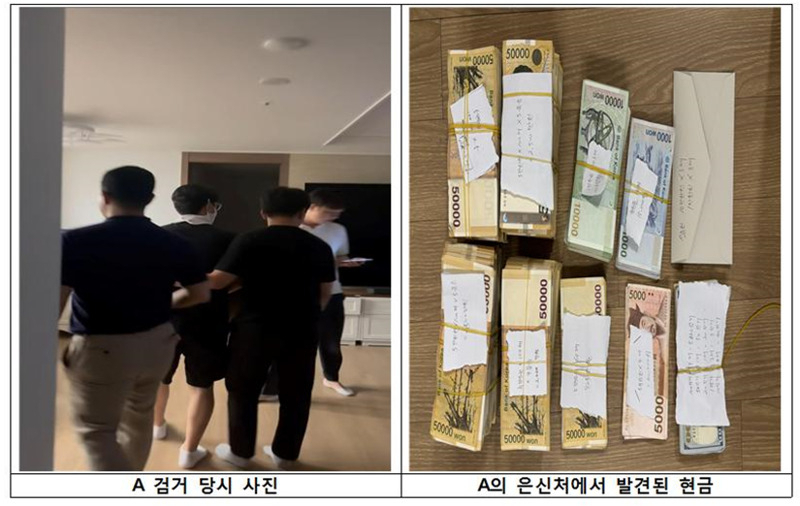By subscribing, you agree to our Terms of Use and Policies You may unsubscribe at any time.
The United States and Japan have confirmed that they will collaborate to develop a counter-hypersonic missile system. Called the Glide Phase Interceptor (GPI) Cooperative Development program, the new system will help Japan defend itself from China’s growing threat.
The program was initially discussed during a January 2023 meeting of the security consultative committee but has now progressed to its next phase. At the time of writing, no further details about the system have been publically released.
Featured Video Related“The United States and Japan plan [also to continue] to pursue cooperative development of a Glide Phase Interceptor program to counter hypersonic threats,” a White House statement said on the occasion of Japanese Prime Minister Fumio Kishida’s US visit on Wednesday.
The associated press release from the White House states, “The United States and Japan plan to also continue to pursue cooperative development of a Glide Phase Interceptor program to counter hypersonic threats, which aims to strengthen regional deterrence and build on long-standing missile defense cooperation between the two countries.”
Japan’s existing anti-missile systems are primarily designed to counter intercontinental ballistic missile (ICBM) threats. ICBMs are launched at high angles into space and can be intercepted by specially designed missiles while re-entering the Earth’s atmosphere.
Keeping Japan safe from hypersonic weapons
Japan currently relies on SM-3 missiles at sea or uses Patriot PAC-3 surface-to-air guided missiles to achieve this. These systems track and destroy threats upon reentry into Earth’s atmosphere.
However, as analysts have pointed out, these systems may not be effective in countering hypersonic threats. This is because hypersonic missiles are faster and more agile than ballistic missiles, which travel in a parabolic path through and out of the atmosphere.
Due to their characteristics, hypersonic missiles are harder to detect and track. Some experts believe that they are difficult to intercept unless they are close to the point of impact, where they may be most vulnerable.
To this end, the two countries will collaborate on developing a new GPI interceptor capable of changing trajectory to respond to high-speed projectiles in low orbit. The new GPI system will apparently differ slightly as it is allegedly being designed to intercept hypersonic projectiles before they enter the atmosphere rather than during their terminal glide phase.
As highlighted by The Defense Post, the US Missile Defense Agency has separately contracted Northrop Grumman and Raytheon to develop and refine the GPI concept.
Counter-hypersonic to include satellites
According to initial reports, the counter-hypersonic interceptors will be launched from the Aegis Weapon System mounted on a ship. Their purpose will be to intercept the hypersonic glide vehicle right before it enters the atmosphere.
The system is expected to involve adjustments to the existing Aegis system and the development of new interceptors.
The Space Development Agency has contracted L3Harris Technologies and Northrop Grumman to develop satellites for tracking hypersonic vehicles in low Earth orbit.
The companies will develop 28 satellites initially and 100 in total. Tokyo announced plans in 2021 to launch three satellites in the mid-2020s to detect and track hypersonic glide vehicles being developed by China and Russia.
Prior to the recent meeting, the Japan Timesreported that U.S.-Japan cooperation could lead to the development of a satellite network for detecting and tracking hypersonic glide weapons.
As per several reports, China is miles ahead when it comes to developing, testing and deploying hypersonic weapons. It has moved significantly ahead of Russia, and what worries US is that it is yet to get even one hypersonic missile in its arsenal.
The recent joint program announced by US and Japan has likely been done to counter the advancements being made by China in the field of hypersonic missiles. The decision seems to be have been taken to counter Chinese threats in the Asia-Pacific region.









